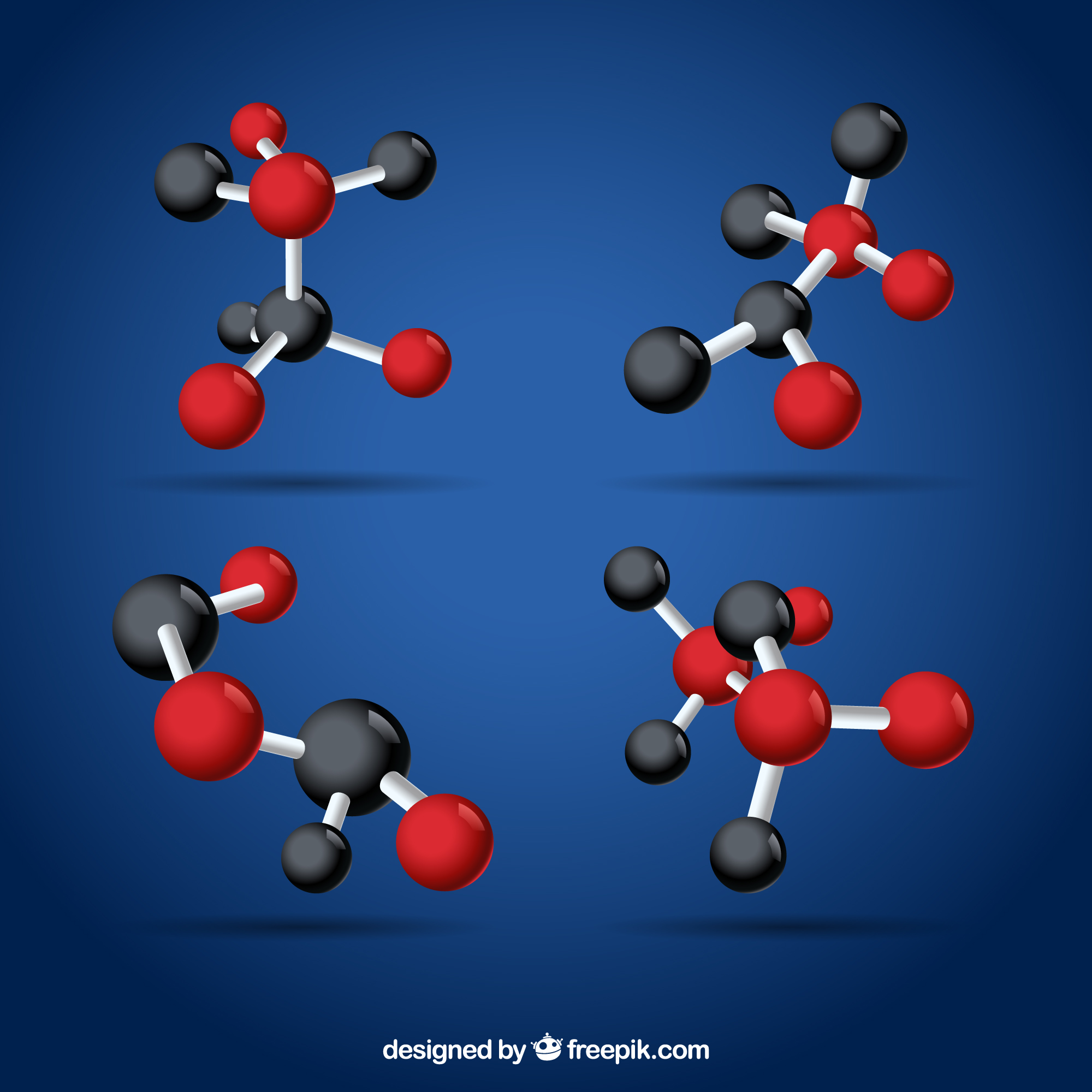Introduction: Adenosine triphosphate, better known as ATP, is a fundamental molecule for life. It is often referred to as “the energy currency of cells” because it plays an essential role in the transfer and utilization of chemical energy within living cells. In this article, we will explore what ATP is, how it works, and why it is so important for our health and well-being.
What is ATP: ATP is a molecule composed of three main components:
- Adenine: A nitrogenous base that is part of the ATP structure.
- Ribose: A five-carbon sugar that constitutes another part of the ATP structure.
- Three phosphate groups: These are attached to the ribose and are key to the energy stored in ATP.
How ATP works: The energy contained in ATP is stored in the chemical bonds that connect its three phosphate groups. When one of these phosphate groups is removed from ATP, energy is released. This process is called ATP hydrolysis. ATP becomes adenosine diphosphate (ADP) when it loses one of its phosphate groups and, if necessary, can be further hydrolyzed to adenosine monophosphate (AMP).
Role of ATP in cells: ATP is involved in a wide range of cellular processes, including:
- Active transport: ATP provides the necessary energy for the active transport of substances across cell membranes. This process is crucial for maintaining cellular homeostasis and allowing cells to absorb nutrients and expel waste products.
- Synthesis of macromolecules: ATP provides the energy required for the synthesis of proteins, nucleic acids, and other macromolecules. This process is essential for cell growth, repair, and maintenance.
- Muscle contraction: ATP is essential for muscle contraction. During exercise, ATP is rapidly used to provide energy to contracting muscles. Without ATP, muscles would not be able to contract and produce movement.
- Enzymatic activity: ATP acts as a cofactor for many enzymatic reactions, facilitating biochemical reactions within cells. Without ATP, many of these reactions could not occur.
Regeneration of ATP: ATP is constantly consumed in cells, but its pool must be continually regenerated. There are several pathways through which ATP can be regenerated, including the aerobic and anaerobic metabolism of carbohydrates, fats, and proteins.
Conclusions: In summary, adenosine triphosphate (ATP) is a fundamental molecule for life. Its ability to store and transfer chemical energy is essential for a wide range of cellular processes, including the transport of substances across cell membranes, the synthesis of macromolecules, muscle contraction, and many other metabolic activities within living cells. Without ATP, cells would not be able to perform their vital functions, and life as we know it would not be possible.

